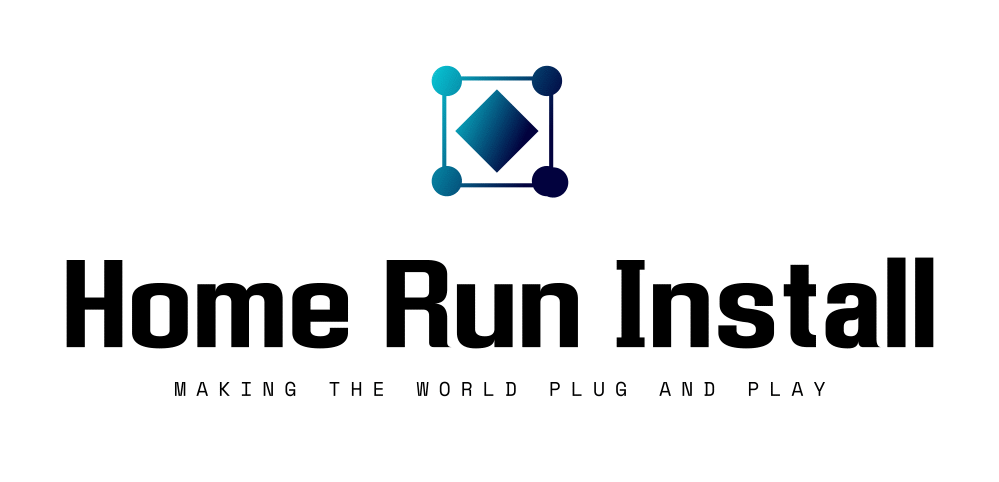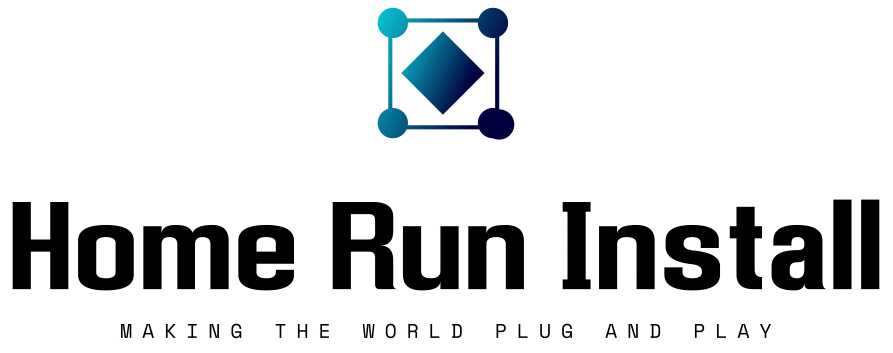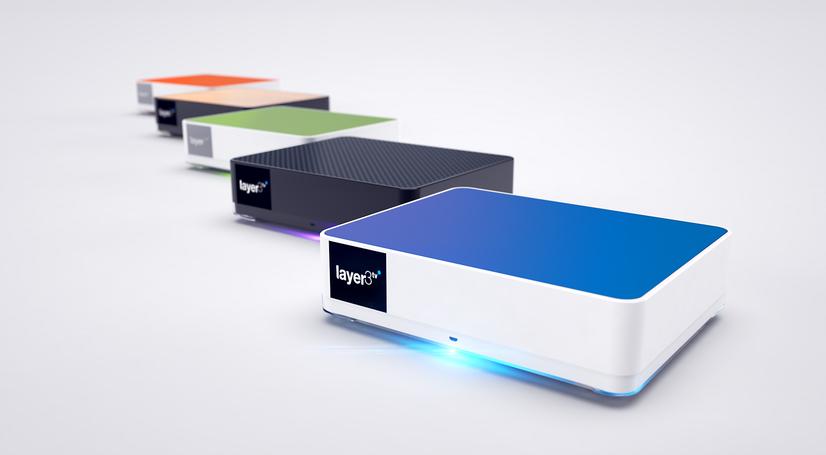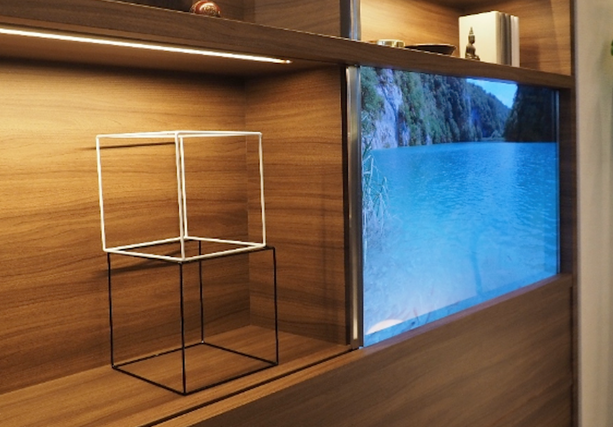Windows XP is the third most popular operating system in the world – Business Insider
People still haven’t learnt their lesson when it comes to running Windows XP, it seems.Attackers took advantage of a known, major flaw in Windows XP to launch a cyberattack which is still causing chaos globally.But the operating system still runs on many PCs around the world, even though Microsoft stopped providing security support on April 8, 2014. According to statistics from Net Applications, it’s actually the third most popular operating system globally, with 7.04% market share.That means an out-of-date, unsupported operating system is more popular than any version of Windows 8, any version of Mac OS X, and Linux.Windows 7 and Windows 10 are more popular than XP, with around 49% and 26% market share respectively.Here are the top five most popular operating systems, according to Net Applications:Windows 7: 48.5%Windows 10: 26.28%Windows XP: 7.04%Windows 8.1: 6.96%Mac OS X 10.12: 3.21%How many XP-powered PCs does that translate to?Analyst house Gartner predicted that there would be 2 billion PCs in use globally by 2014, but there have been no updated figures since then. If we conservatively take 2 billion as the number, that suggests there at least 140 million PCs still running Windows XP.Europol, the EU’s policing arm, warned that the cyberattack, known as “WannaCry,” will continue to wreak havoc this week as people return to work and log onto their PCs. WannaCry is ransomware — malicious software that encrypts people’s data, then demands payment in exchange for decryption. It has hit at least 200,000 victims across 150 countries so far, according to Europol, and caused chaos in the UK’s NHS, Telefónica in Spain, and many other organisations globally.Even though it no longer supports XP, Microsoft took the unusual step of issuing an emergency patch for Windows XP, Windows 8, and Windows Server 2003 on Friday night.
Source: Windows XP is the third most popular operating system in the world – Business Insider

















